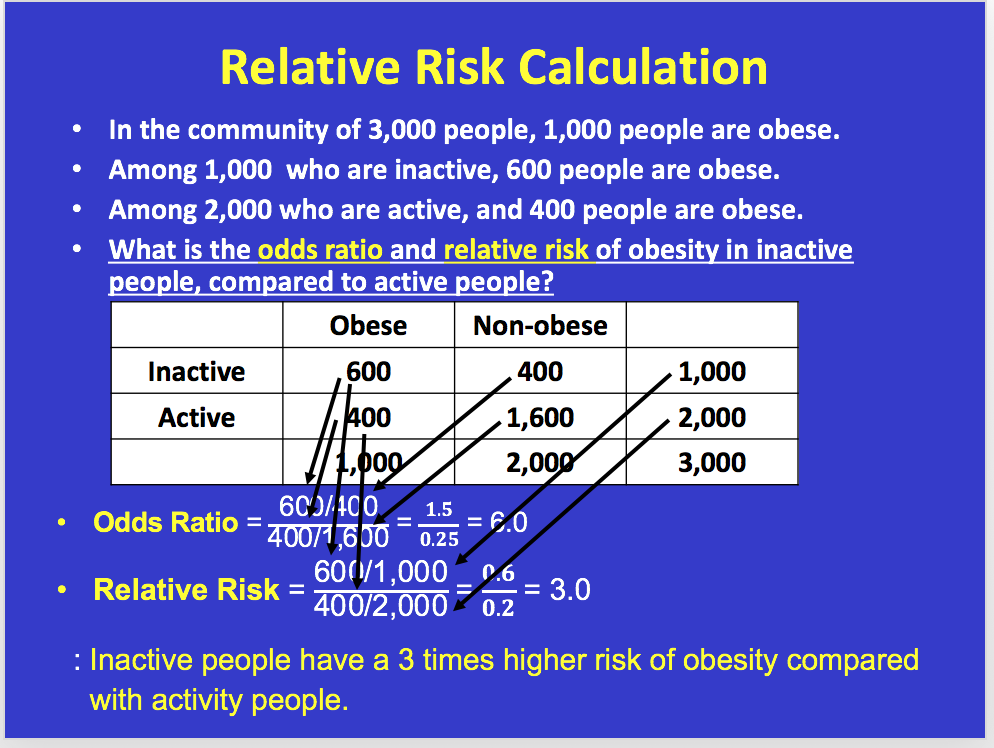

In most scenarios with equal group allocation, effect sizes of 1.22, 1.86, and 3.00 can be taken as small, medium, and large, respectively.

The aim of this paper, therefore, is to extend existing relative effect sizes to the relative risk, odds ratio, hazard ratio, rate ratio, and Mantel–Haenszel odds ratio for related samples. Although there is generally an extensive literature on relative effect sizes for continuous data, little of this research has focused on relative effect sizes for measures of risk that are common in epidemiological or biomedical studies. In these cases, the notion of relative effect sizes (small, medium, large) can be useful as benchmarks. In other situations, the researcher may be interested in comparing observed effect sizes to known standards to quantify clinical importance. In some situations, an effect size of clinical or practical importance may be unknown to the researcher. On the other hand, in both The Lancet and the NEJM, more than half the articles had incorrect representation (22 of 41 articles in The Lancet and 20 of 39 in the NEJM).Effect sizes are an important component of experimental design, data analysis, and interpretation of statistical results. Of the 23 BMJ articles, four did not meet correct representation standards. Of the 29 JAMA articles reviewed, none failed to meet the quality criteria and all presented the data correctly. However, there were significant differences between the four journals. Of this total, 46 (35%) used graphs that failed to meet at least one of the above-mentioned conditions. There were 132 articles in total, most of which used forest plots to visualise relative measures of association. Inclusion criteria were articles (original, special, or review) that included graphical representation of any relative measure of association. We reviewed the 2008 issues of several peer-reviewed general medical journals: the British Medical Journal (BMJ), the Journal of the American Medical Association (JAMA), The Lancet, and the New England Journal of Medicine (NEJM). The Lancet Regional Health – Western Pacific.The Lancet Regional Health – Southeast Asia.The Lancet Gastroenterology & Hepatology.


 0 kommentar(er)
0 kommentar(er)
